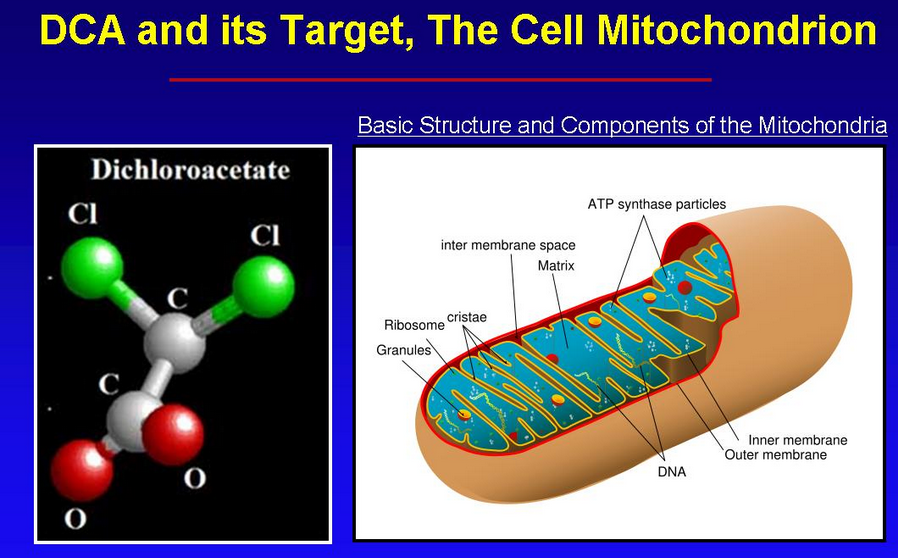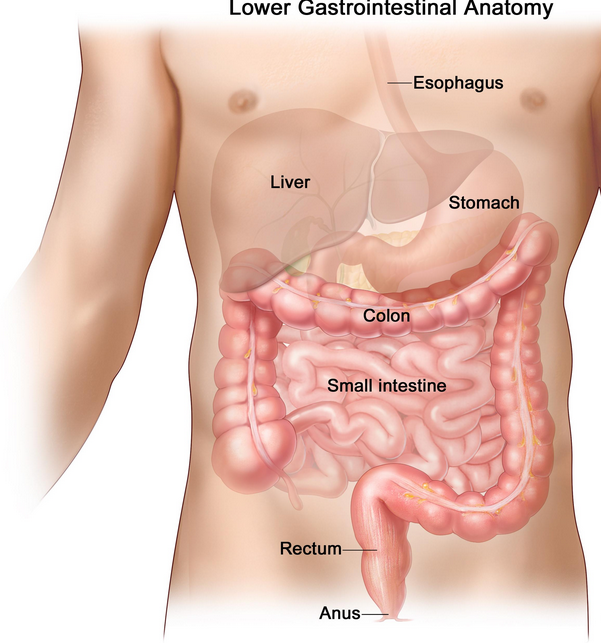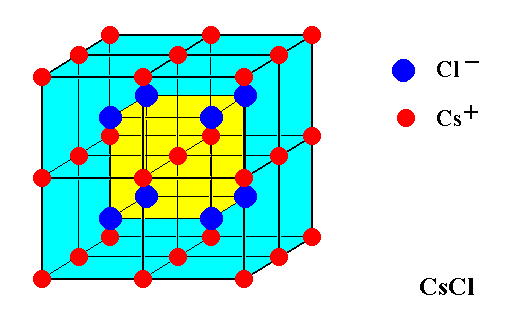DCA Cancer Treatment
DCA Cancer Treatment
There are over 14.1 million cases of cancer in the world today. Each day new cases of cancer are reported. One in very three people is bound to develop some kind of cancer.
There are over 100 types of cancer in the world. The most common being breast cancer, prostate cancer, bowel cancer, lung cancer and colon cancer. Cancer treatment has been advanced through technology. Cancer affects different people from children to the old folks and for this reason; studies are coming up with different methods of treating the disease.

The most common forms of cancer treatment include surgery, chemotherapy, radiation therapy, immunotherapeutic approach among others. The kind of cancer treatment depends on how advanced it is. Cancer stages range from stage I which is the mild stage of cancer to stage IV which is the most extreme.
Patients with cancer undergo a lot of pain that can only be managed though certain medications. When cells begin to grow uncontrollably, they emit toxics in to the tissues that cause the pain. A patient is put through therapy where the doctors try to destroy the cancer cells in the body. Some therapy eliminates all traces of the cancer but in some cases the cancerous cells return after a period of time.
Cancer begins from a tumor that forms from the over growing of cells around a tissue. Not all tumors are malignant. The one that turn out to be can end up spreading to other parts of the body infecting them as well. This spreading of the cancerous tumors to other parts of the body is referred to as mitosis. Most forms of cancers are caused by infections and very result from viruses.
What Is Dichloroacetate?
It is man-made chemical that is not found in nature. It is used in the making of certain chemicals as well as drugs. The chemical can be absorbed through the skin. In its pure form, it acidic and can cause burns and tissue injuries.
Due to its applicability in making drugs the chemical has been found to eliminate different kinds of cancers. Breast cancer, lung cancer, prostate cancer, colon cancer as well as lymphoma have all shown amazing results with the use of dichloroacetate in treatment.
It is prescribed in USA, Canada and most parts of Europe. It is however not sold legally as a medication unless under a doctor’s advice.
How DCA works in cancer treatment
Cancer attacks the cell causing them to grow at a faster rate than is normal. This uncontrollable growth of cells causes formation of tissue masses called tumors. Tumors refer to that thin layer of uncontrollably growing cells surrounding a dead tissue.
As cells in the tumor continue to grow they release toxics into the host tissue. These toxics have been linked to severe pains in cancer patients. Normally cells respire aerobically in the presence of oxygen to release energy by breaking down glucose. Cancerous cells survive in low oxygen. In this case they cause glucose to be fermented. This fermentation causes the formation of an acidic environment which leads to a drop in pH in the body.
Research done in the lab showed that prostate cancer cells exposed to DCA seemed easier to destroy with radiation after this. Breast cancer inserted in the tails of rats seemed to spread to fewer places after being exposed to DCA. Cancer cells from the womb lining on the other hand, seemed to die with exposure to DCA.

DCA works by causing the cancerous cells to die naturally a process called apoptosis. It does not poison the cells. Instead it works by altering the ability of the cancer cell to use glucose. Because cancer cells depend on glucose to produce energy with little oxygen, the cells are deprived of energy. Once this happens, they naturally die. While this happens healthy cells are not deprived of the much needed glucose. They continue producing energy that enables them to carry out different body functions.
These research studies carried out basically show the effectiveness of DCA in killing different types of cancer cells like prostate, breast and colon cells. They also show that DCA is very effective in boosting killing effects of cancer such as chemo, radiation and cancer drugs.
DCA has also been studied and shown to cure other illnesses other than cancer. Lactic acid is not a life threatening condition. However accumulation of lactic acid for a long time may prove fatal for people. DCA has been shown to work effectively in trying to reduce lactic acid in the body.
Dr. Dalal Akouri had for years acquired experience in dealing with terminally ill patients. She has immensely improved the lives of these patients. Her experience in life threatening illnesses has made many patients improve and lead a healthy life. Just visit www.awaremednetwork.com for more information about her and more healthy tips.
DCA Cancer Treatment





 Cancer Treatment Options Avaialble
Cancer Treatment Options Avaialble

 Cancer has managed to earn itself quite a reputation throughout the world as a major threat to everyone. This therefore warrants a keen understanding of the disease and how it works.
Cancer has managed to earn itself quite a reputation throughout the world as a major threat to everyone. This therefore warrants a keen understanding of the disease and how it works.
 Raw food – Healing the body naturally
Raw food – Healing the body naturally















 When cancer affects the cells it causes an uncontrollable growth of cells resulting tumors. However, not all tumors are cancerous. These tumors affect the normal boy functioning by affecting the body system from the circulatory, nervous to the digestive system. This growth of cells then spreads to other parts of the body in a process called mitosis.
When cancer affects the cells it causes an uncontrollable growth of cells resulting tumors. However, not all tumors are cancerous. These tumors affect the normal boy functioning by affecting the body system from the circulatory, nervous to the digestive system. This growth of cells then spreads to other parts of the body in a process called mitosis.





